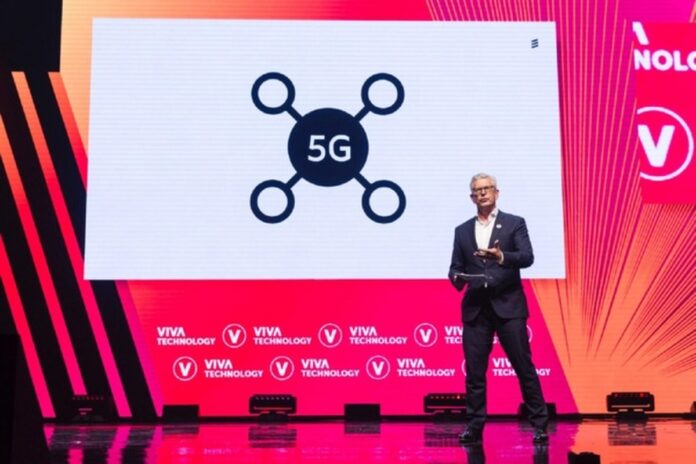Europe and UK must buy more 5G equipment to meet climate targets
If Europe and the UK got their 5G roll-out into gear their industrial CO2 emissions would fall so dramatically the cleansing effect would be like taking 35 million cars off the road. The claim comes from a study conducted by consultancy McKinsey on behalf of 5G equipment vendor Ericsson.
The carbon savings from power, transport, manufacturing and buildings could stop between 55 and 170 megatons of CO2 emissions being created each year.
The problem, Ericsson hinted, is that until 2030 at least 40 per cent of the EU’s carbon reduction systems will rely on fixed-line and mobile connectivity.
Is climate linked to 5G?
By factoring in the effects of 5G-enabled systems to four high-emitting sectors, projections show how we could bring the total emissions reduction to nearly 20 per cent of the EU’s total annual emissions in 2017, claims Ericsson. This, the release claims, is ‘the equivalent of the total annual emissions of Spain and Italy combined’.
Despite the severity of the climate crisis, new forecasting of 5G roll-out from the annual Ericsson Mobility Report paints a concerning picture for Europe, claims the vendor. It also pointed out that at the end of 2020, 5G covered around 15 per cent of the world’s population. By 2020 Europe will find itself with ‘just three years before global emissions’ must halve if we are to stay limit the rise in global warming to 1.5 degrees. However, the global roll-out of 5G will ‘still only be at around 75 per cent’, the report says. So what?
Europe must keep up with rivals
“Significantly,” Ericsson said, “North America and North East Asia are estimated to enjoy more than 95 per cent population coverage by 2027. In contrast, Europe is estimated to be significantly behind its economic competitors with more than 80 per cent population coverage.” Is our survival of the climate change crisis directly linked to the sales of Ericsson’s 5G equipment?
Ericsson’s 5G Smart Factory manufacturing complex in Lewisville, Texas, exemplifies how 5G could help European industries to cut emissions. Built according to environmental sustainability best practice, the factory uses 24 per cent less energy and 75 per cent less indoor water, avoiding 97 per cent of the operational carbon emissions of comparable buildings, says Ericsson.
The 5G Smart Factory has been recognised twice by the World Economic Forum (WEF) for its global leadership in next-generation Fourth Industrial Revolution (4IR) manufacturing and sustainability achievements, says the vendor.
Smart Factory shows how it’s done
“The EU and UK have set ambitious targets to reduce carbon emissions but it’s hard to see how these targets will be met,” said Börje Ekholm, President and CEO, Ericsson, “unless the roll-out of digital infrastructure across Europe accelerates.”
“Europe is strolling towards a more digital, low-carbon future, while other regions are sprinting in the same direction,” said Ekhom. “Policymakers and regulators have a major role to play here by realising the competitive economic, social and sustainable potential of 5G.”


